For foreigners who have lived in Mexico for a certain number of years, changing from a temporary resident card to a permanent resident card is an important step. Permanent residency offers greater stability, fewer administrative tasks, and unlimited access to all the privileges that come with living in Mexico, including work opportunities and access to other services. In this article, we will cover everything you need to know about the process of transitioning from temporary residency to permanent residency.
Why Transitioning to Permanent Residency is Beneficial
Moving from temporary to permanent residency offers several advantages:
- No more resident card renewals: Permanent residency does not require renewal (unless you are a minor under the age of 18 years old), unlike temporary residency, which must be renewed since it is initially issued for 1 year (with a few exceptions such as family unity) and then renewable for 1, 2 or 3 years, thereafter.
- Freedom to work: Permanent residents can legally work in Mexico without needing additional work authorization from The Instituto Nacional de Migración (INM).
- Access to services: Permanent residents have full access to Mexico’s various public and private services, which may be limited as a temporary resident.
- No travel restrictions: You can enter and leave Mexico freely, without worrying about maintaining the validity of your temporary residency.
Eligibility for Transitioning to Permanent Residency
To transition from a temporary to a permanent residency card, you must meet certain criteria set by INM:
- Time requirement: Typically, you need to have held temporary residency for 4 consecutive years before applying for permanent residency, unless you were granted temporary residency via family unity. If the latter, you may be able to convert in as little as 2 years. Additionally, if you qualify, you may be eligible to apply for permanent residency from the outset via financial solvency, which is an entirely different process.
- Family unity: There are multiple pathways through family unity which you can learn more about on INM’s website.
Step-by-Step Process to Change from Temporary to Permanent Residency
The following is a step-by-step explanation of the process and requirements (link to INM website) of converting your temporary residency to permanent residency and what you can likely expect along the way.
Step 1 – Verify Eligibility: Before starting the process, ensure that you meet the time requirement of holding temporary residency for 4 years (or less, in special cases as described above). Review your documentation and prepare any proof of family unity, if applicable.
Step 2 – Gather Required Documents and Copies: You will need to prepare your documents before applying for converting to permanent residency. These include, but not limited to:
- Completed application form: Complete the Formato Para Solicitar Trámite Migratorio de Estancia form and this can be completed online at INM’s website. This general application form is used for the majority of immigration processes/procedures with INM.
- Current temporary residency card: This is crucial as it proves your current temporary residency status.
- Valid passport: You will need your passport as part of the application process.
- Letter: This is a letter requesting a change from temporary residency to permanent residency. This letter can be completed and generated on INM’s website (in the requirements section).
- Birth or marriage certificate: Though it is not a listed requirement, if you originally obtained residency via family unity, your apostilled and translated birth or marriage certificate may be requested.
- Proof of address: Though this is not a listed requirement, it is advisable to go ahead and bring this with you since some INM offices may request it. The majority of people will use a utility bill such as a CFE bill. The bill does not need to be in your name.
- Appointment confirmation: You will need the appointment confirmation with the QR code you receive when you schedule your appointment online (see below).
- Biometrics: Photos and fingerprints for residency cards are taken on-site at INM offices.
- Payment: Applicable payment fees are paid on-site at INM offices.
- Financial statements (if applicable): While it is not common or typical, it’s important to be aware that INM reserves the right to request additional documentation, including financial statements, beyond what is listed on their website. This is at their discretion, and there is no uniform answer regarding what exactly may be required. While the majority of conversions do not involve proving financial solvency again, just be aware that the possibility exists to provide financial statements in some capacity. This guidance is based on the collective experience of numerous immigration attorneys and facilitators across Mexico who have assisted clients with residency conversions. Their insights reflect real-world scenarios, emphasizing that while such requests are rare, they remain a possibility. So, it’s always wise and prudent to be prepared.
Make sure that all documents are up-to-date and that you have both originals and copies. Before your appointment, verify with your local INM office all the required documentation. Though immigration procedures have increasingly become more standardized across the entire country, nuances in the required documentation may still exist from office to office.
Step 3 – Schedule Appointment (If Applicable): Please note that some INM offices are still walk-in only and not in the online appointment system. Otherwise, you will need to schedule an appointment first before proceeding to the INM office with your application and supporting documentation. This can be done on INM’s online appointment portal. You will need to create a free user account and you will also need your “pieza” number, which will be included on your completed formato para solicitar trámite migratorio de estancia from above.
Step 4 – Visit INM Office: The next step is to visit the INM office to submit your application and supporting documentation for permanent residency. Again, be sure to book your appointment in advance. You must:
- Present your application: You will need to submit your completed application along with all the supporting documents listed above.
- Provide biometrics: During your appointment, you will be asked to have your fingerprints and photograph taken, which will be used for your residency card.
Step 5 – Provide Payment: Payment of fees can be made with a debit or credit card at the office during your appointment. Cash is not accepted. Currently, there are 2 fees associated with this procedure and these are subject to change:
- Application fee: $1,780 MXN.
- Permanent resident card fee: $6,789 MXN.
These fees reflect the increases that went into effect on January 1, 2025. Check back on INM’s website regularly as these fees are subject to change at any time and are typically updated once a year. Based on historical data, these fees have been steadily increasing over the years.
Step 6 – Processing Time: The processing time for transitioning to permanent residency varies depending on the office, but it typically can be completed the same day. In years past, the process could take weeks or even months, including multiple trips to the INM office. However, this process has become a lot more streamlined with the modernization and standardization of INM’s various immigration procedures. However, in some cases, there may be a delay in receiving your physical card due to technical issues with the card printing machine, which is not uncommon. Even then, the delay may only be a few hours or a few days and in rarer cases, perhaps, a week. As such, be sure to take this into consideration if you are planning on travelling internationally. You will be provided documentation as proof of your application to convert to permanent residency. Keep these documents safe, in case there is a delay in receiving your physical card.
Step 7 – Collect Card: As stated above, cards are typically issued the same day at the conclusion of your appointment. If not, the INM agent will either advise you of when to return or you will receive a notification via e-mail and/or online as to when to return to the office. Either way, you will receive a document from INM as proof of your application, which will contain a pieza and NUT (número único de trámite) number, in addition to an e-mail. The e-mail will contain a pieza number, password and an online link where you can check the status of your application, including when your card is ready for pick-up. This card does not have an expiration date, meaning you no longer need to renew your residency status. The one exception is if you are a minor under the age of 18 years old. If so, you will need to renew your residency card every 4 years until you turn 18. Once you turn 18, you can get a replacement (not renewal) card from your local INM office.
Can You Work with Permanent Residency?
Yes, permanent residents are allowed to work in Mexico without needing additional work authorization from INM. This is one of the main advantages of upgrading to permanent residency, since temporary residency requires work authorization approval from INM. However, as a permanent resident, you still need to notify (not apply) INM of your place/type of employment. You will also need to be registered with Servicio de Administración Tributaria (SAT), Mexico’s tax authority, for tax purposes.
Special Cases: Applying for Permanent Residency Directly
In certain cases, you can apply for permanent residency directly without first holding a temporary residency card. This applies if you:
-
Are a retiree or pensioner with sufficient resources to prove financial solvency. Please note that many consulates will not consider applicants for permanent residency unless they are of the minimum retirement age as defined by the federal government, typically 60 or 62 for individuals from Canada and the U.S., respectively, as an example. In addition to actively collecting government retirement benefits such as a pension or social security or meet the savings requirements. In some cases, consulates may prefer government retirement benefits over private pensions or other income sources. If you are not receiving any government retirement benefits, you might need to provide a formal letter from your previous employer verifying your retirement status. Additionally, applicants who are not of legal retirement age and are not collecting government retirement benefits may be required to demonstrate significantly higher savings or investment/pension income to be considered. Even then, approval is not guaranteed, as consulate discretion plays a significant role.
- There are multiple other paths to pursue permanent residency, like family unity, and you can learn more about the various avenues on INM’s website.
In these instances, you will follow a similar application process but bypass the need for temporary residency entirely.
Frequentely Asked Questions
Q: Can I go to any INM office?
A: You are typically required to go to the INM office that serves your geographical area based on your residential office or the office that is closest to you.
Q: How long does the process take?
A: The application can generally be processed on the same day, including receiving your permanent residency card. However, there could be a delay in issuing your card if your INM office is experiencing technical issues with their card printing machine.
Q: Can I apply for permanent residency before the 4 year mark?
A: Yes, under certain conditions, such as family unity, you can apply sooner. Or if you have sufficient financial resources, you may be able to apply for permanent residency from the outset without having the need for applying for temporary residency.
Q: What happens if my temporary residency expires before I apply for permanent residency?
A: If your temporary residency expires, there is typically a grace period in which time you can go to your local INM office to regularize your temporary residency status, which may include fines and penalties. Having said that, ensure that your temporary residency card remains valid and does not lapse. Otherwise, worse case, you may need to start the process all over again.
Helpful Online Resources
Stay up-to-date on all relevant information in regards to INM as it relates to immigration matters, as outlined in this article, by checking the following websites:
- Gob.mx: Mexico’s official federal government portal with details on all government matters, including providing detailed information on immigration and more.
- INM: Mexico’s official federal government agency responsible for all matters related to immigration.
- INM micro website: Official website of INM where you can complete all immigration procedures/processes (trámites), schedule an appointment and more.
Conclusion
Transitioning from temporary to permanent residency in Mexico is a relatively straightforward process that provides foreigners with long-term security and freedom. By following the steps outlined above, gathering the correct documents, and staying proactive with deadlines, you can smoothly transition to permanent residency and enjoy the many benefits that come with it.
Please feel free to leave us a comment below about your personal experience of transitioning from a temporary resident to a permanent resident. We would love to hear from you! Additionally, if you found this article helpful, consider sharing it with others who might benefit from it. A quick share goes a long way in helping others discover useful information!

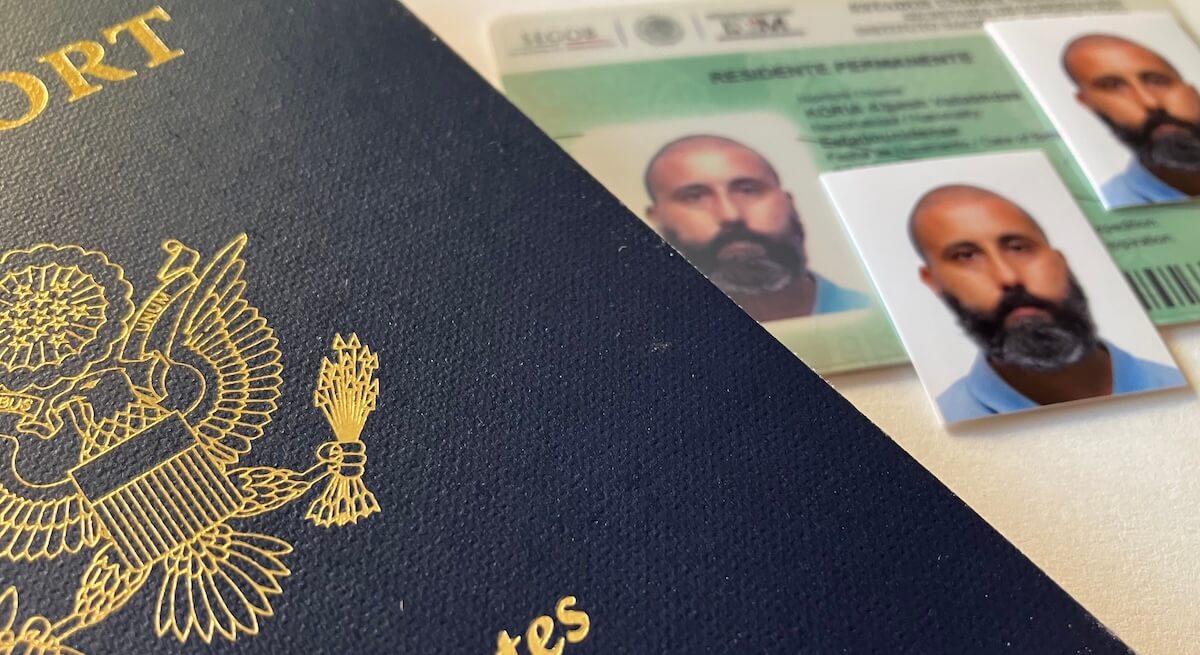
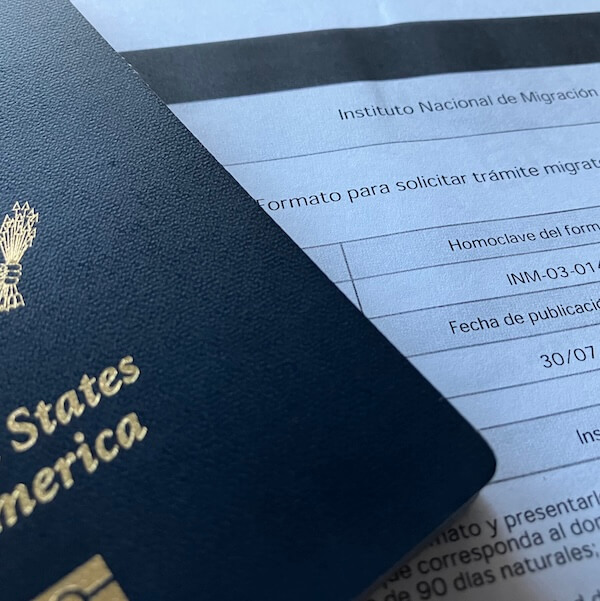

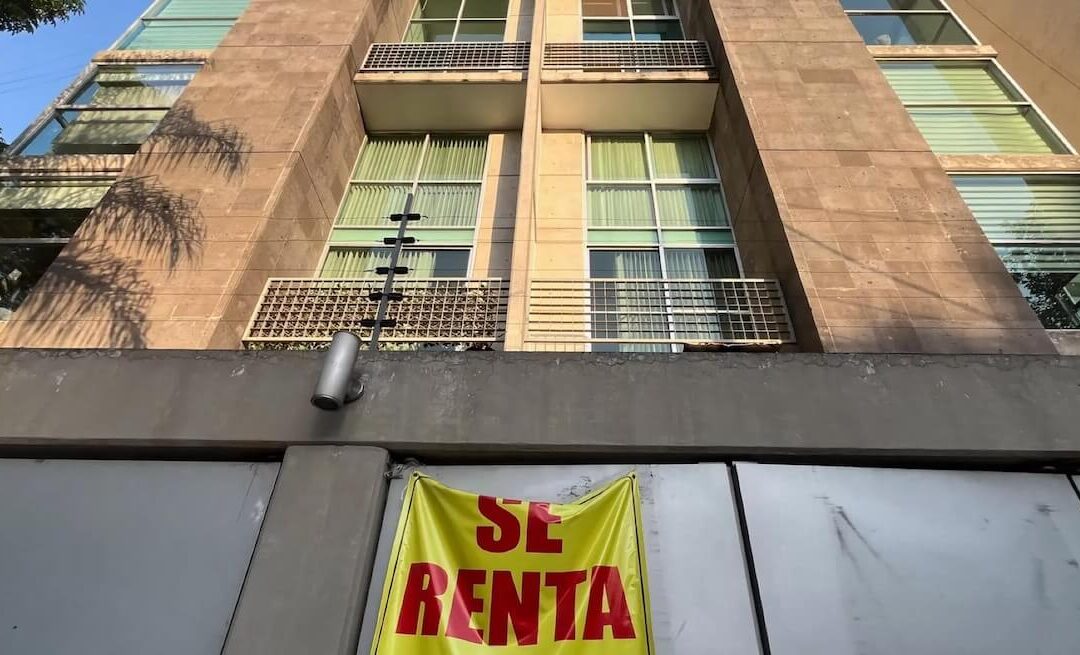
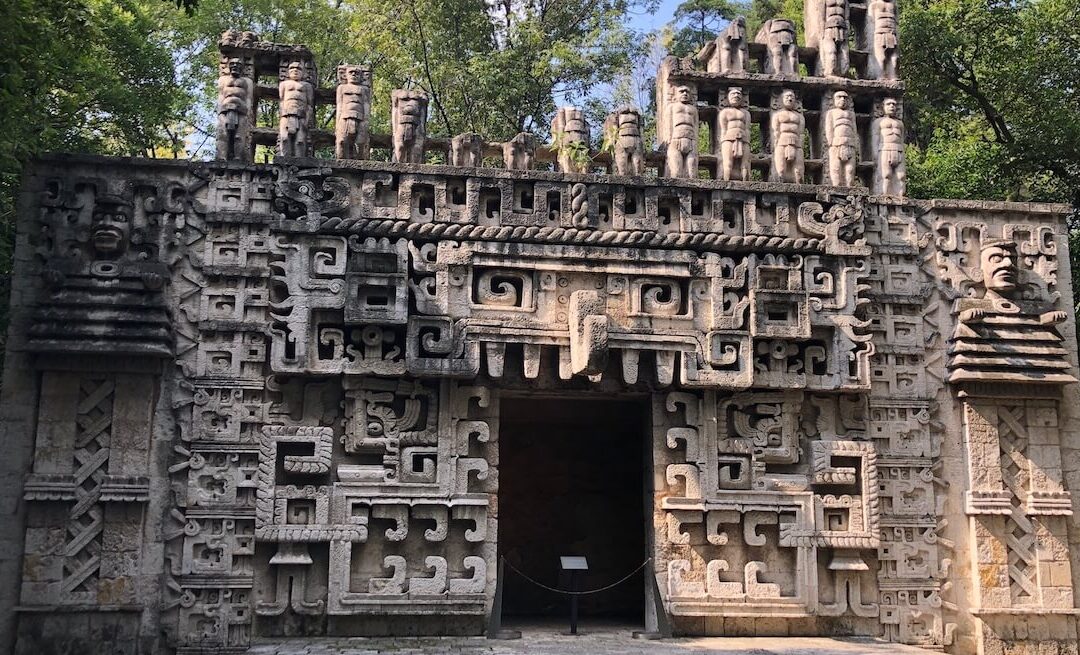
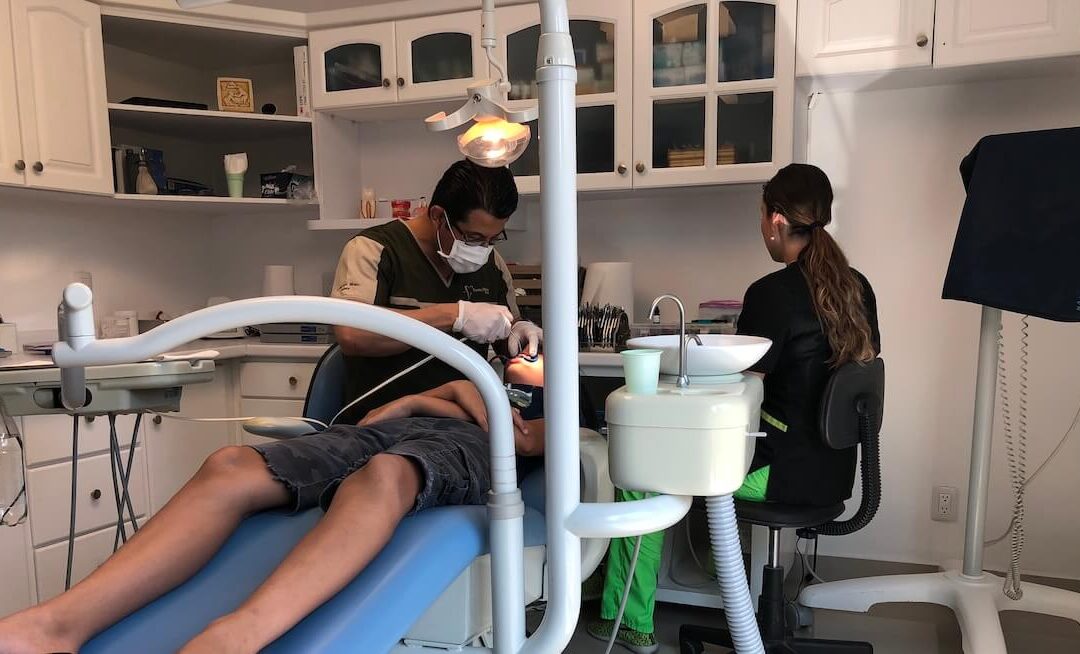
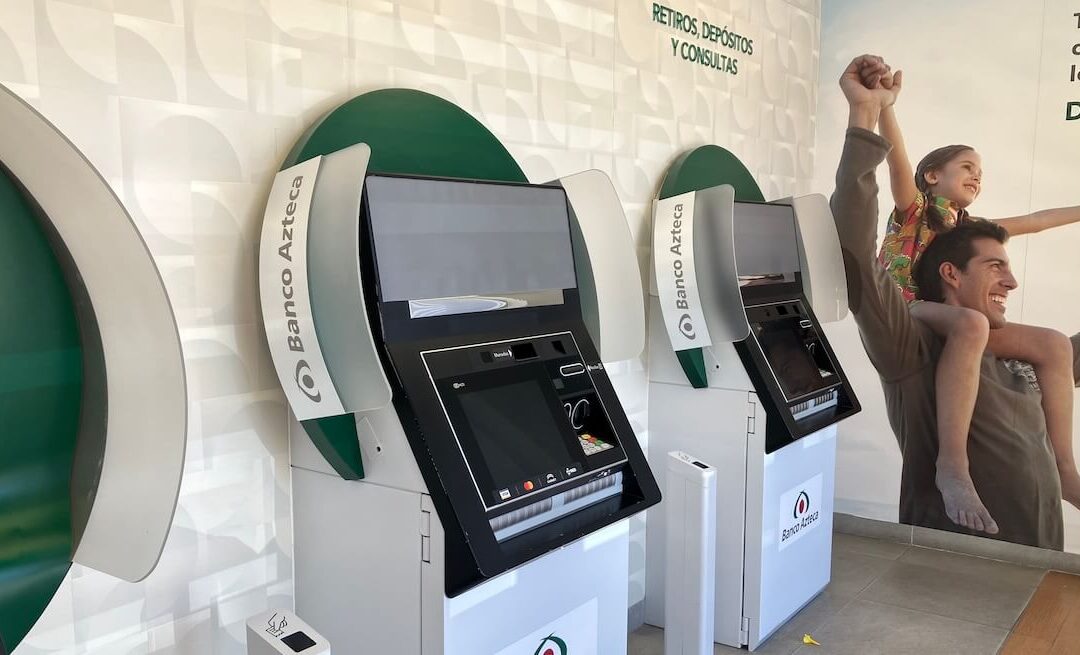
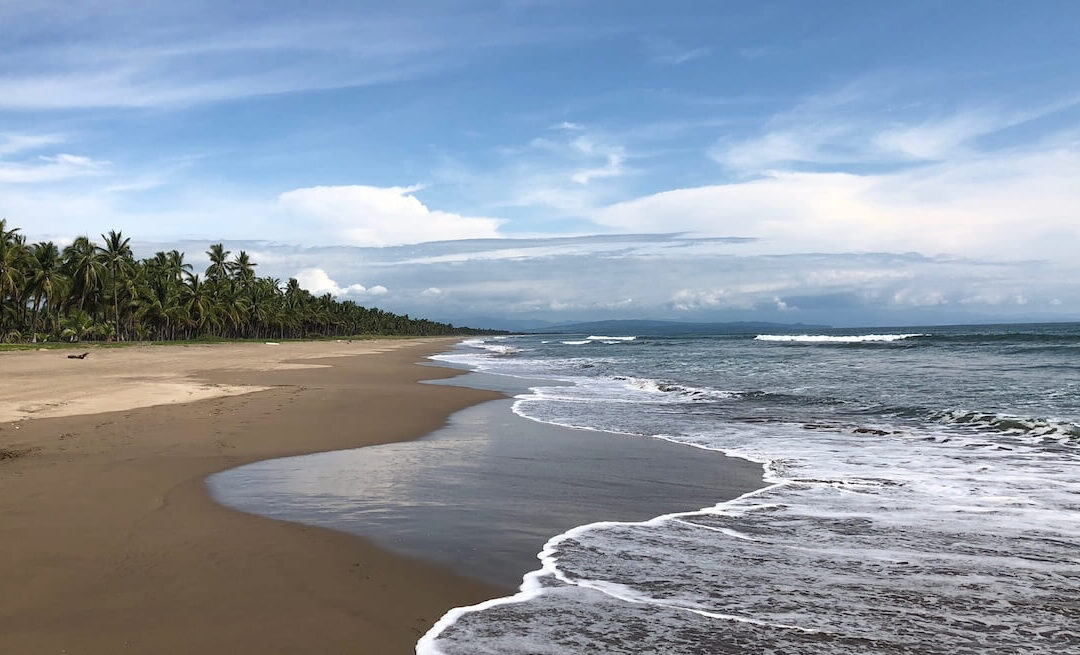
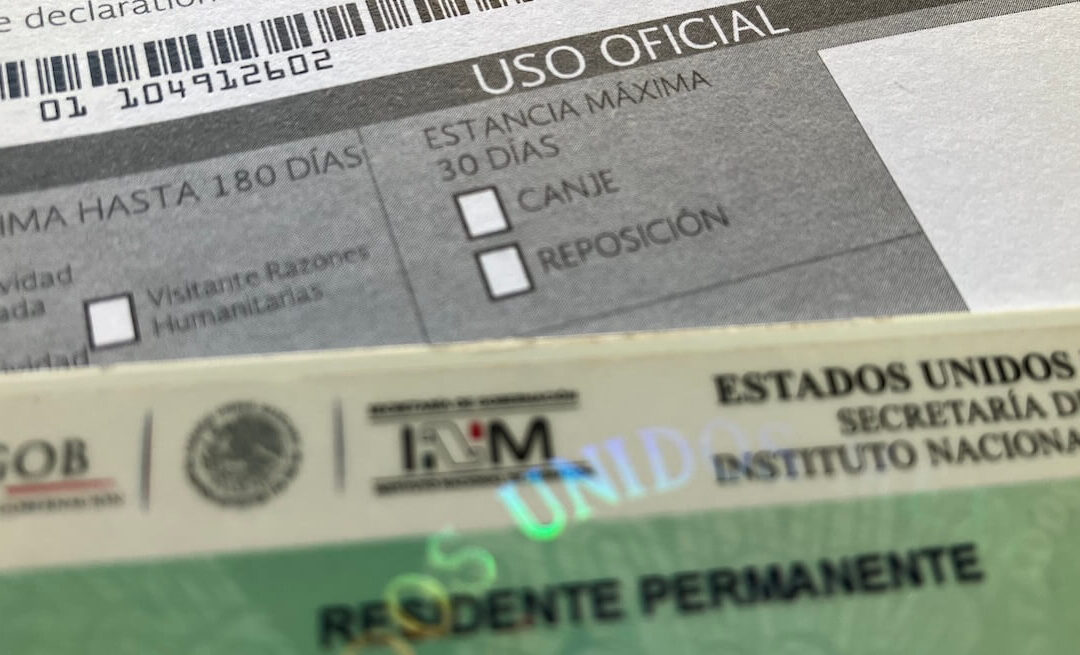
0 Comments